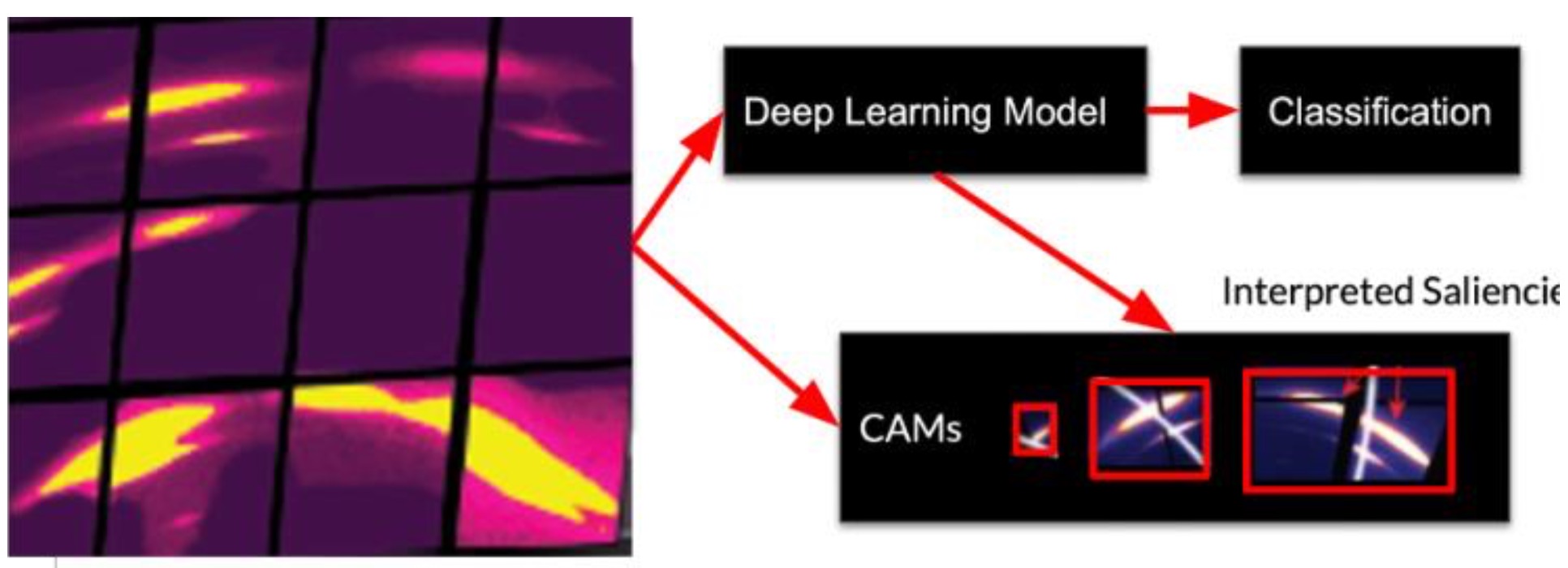Chenliang Xu


I'm grateful to the following entities for their support of my research:
 Automated Video Description for Blind and Low Vision Users
Automated Video Description for Blind and Low Vision Users

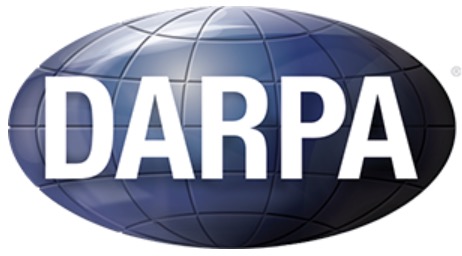 Perceptually-enabled Task Guidance
Perceptually-enabled Task Guidance

Egocentric 3D Audio-Visual Scene Understanding

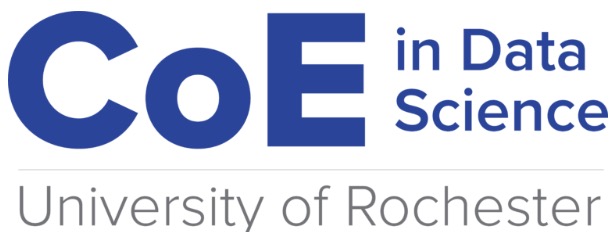 Identify Hidden Biases of AI Algorithms
Identify Hidden Biases of AI Algorithms

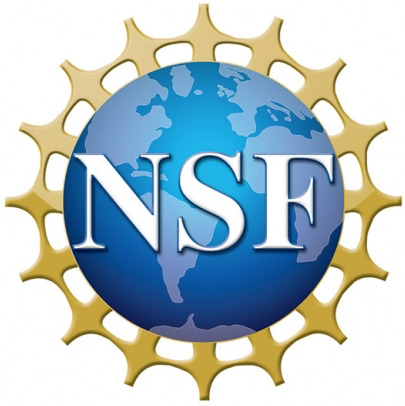 Inferring Lattice Dynamics from Temporal X-ray Diffraction Data
Inferring Lattice Dynamics from Temporal X-ray Diffraction Data
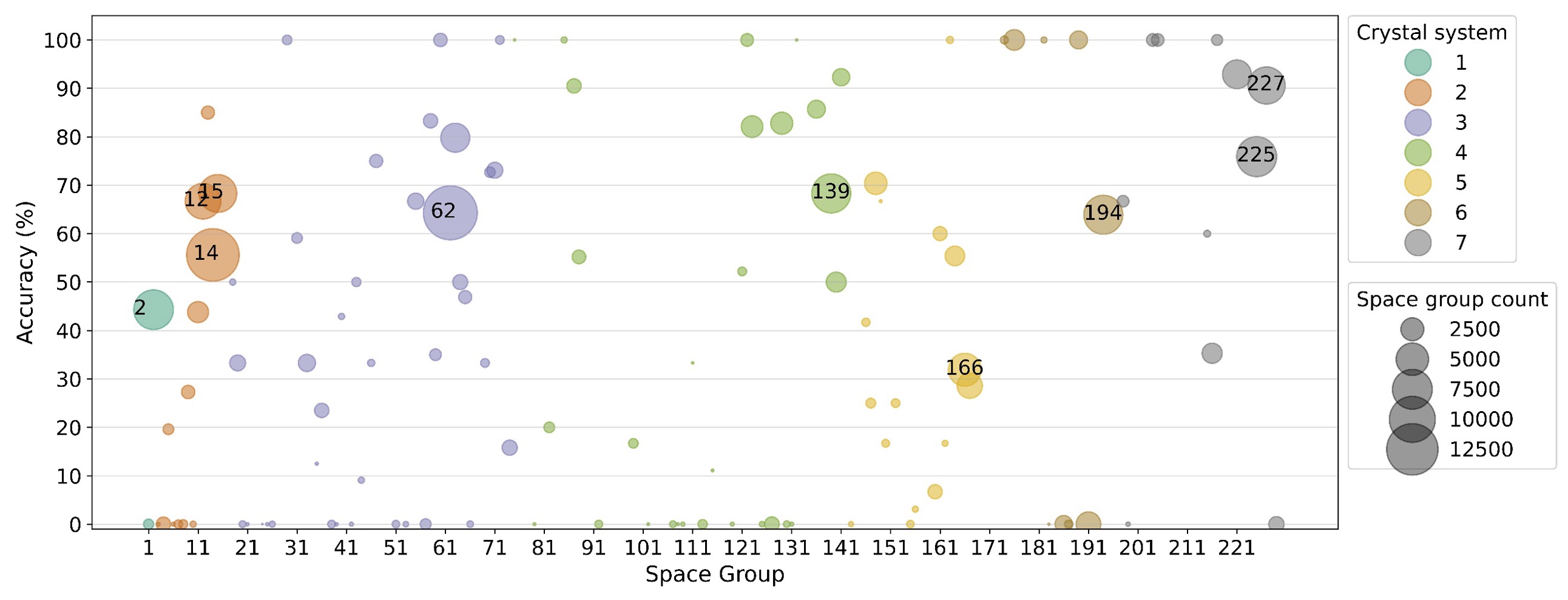
 Time-resolved Classification of X-ray Diffraction Data
Time-resolved Classification of X-ray Diffraction Data
